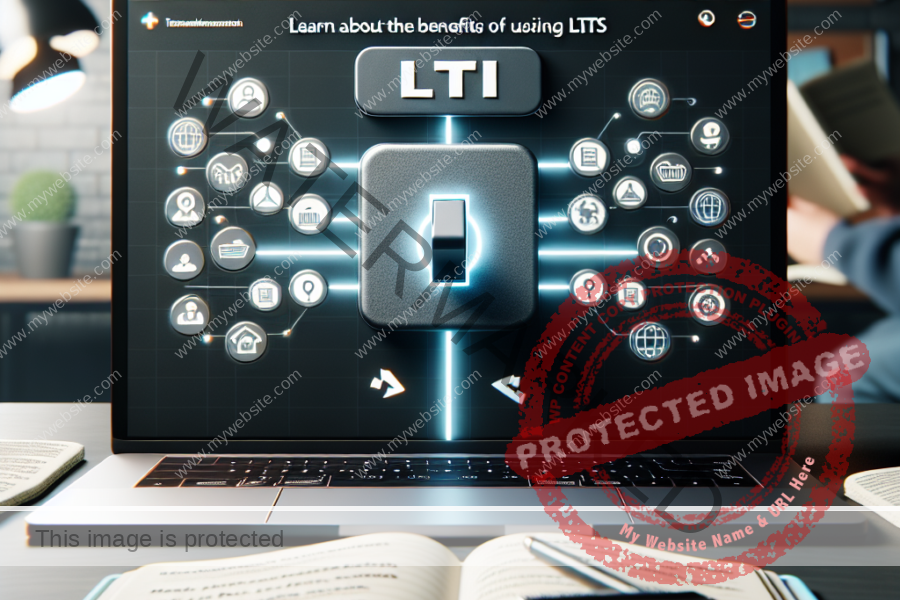Discovering a Fresh Method for Assessing Learning Impact
In my role as an experienced eLearning developer, I am constantly searching for innovative ways to measure the effectiveness of learning programs. I recently stumbled upon a blog post that introduces a fascinating concept that focuses on learner experience (LX) and outcomes to determine the success of training efforts. This idea resonates with me because, ultimately, the aim of any learning intervention is to deliver tangible business outcomes.
The article emphasizes the significance of exceptional learning experiences and how they can significantly impact measurable results. It introduces the concept of Learner-Centered Design (LCD) Standards, which offer a structure for crafting learning experiences that meet both the learners’ needs and the business objectives. I strongly agree with this approach as I believe that aligning training content with learners’ expectations and organizational goals is key to effective eLearning.
A crucial insight from the post is the identification of four LCD Standards that focus on the LX itself and another four that concentrate on the outcomes of the LX. This comprehensive approach ensures that the learning experience not only captures learners’ interest but also drives performance enhancement.
Memorable: The article proposes evaluating the memorability of the learning experience by assessing how well learners can remember and apply skills and knowledge. I often use pre- and post-assessments to monitor knowledge retention and application in my eLearning courses.
Connective: It is essential to consider how the LX links learners to the broader system they operate in. Monitoring learners’ interactions with resources, colleagues, and mentors can offer valuable insights into the effectiveness of the training program.
Empowering: Giving learners the confidence to take action is a critical outcome of any training effort. Monitoring learners’ actions post-training and providing additional support to aid their learning journey aligns with my strategy of creating personalized and impactful eLearning experiences.
Effective: Ultimately, the success of a training program can be gauged by assessing learners’ proficiency and performance enhancement. I often use evaluations from managers and productivity metrics to gauge the impact of my eLearning courses on learner performance.
To wrap up, the article presents practical approaches to evaluating the effectiveness of training programs by focusing on outcomes and the learner experience. As an eLearning developer, this resonates with me because it underscores the importance of creating meaningful and engaging learning experiences that deliver measurable business outcomes.
If you want to delve deeper into this subject, check out the original article here.
















